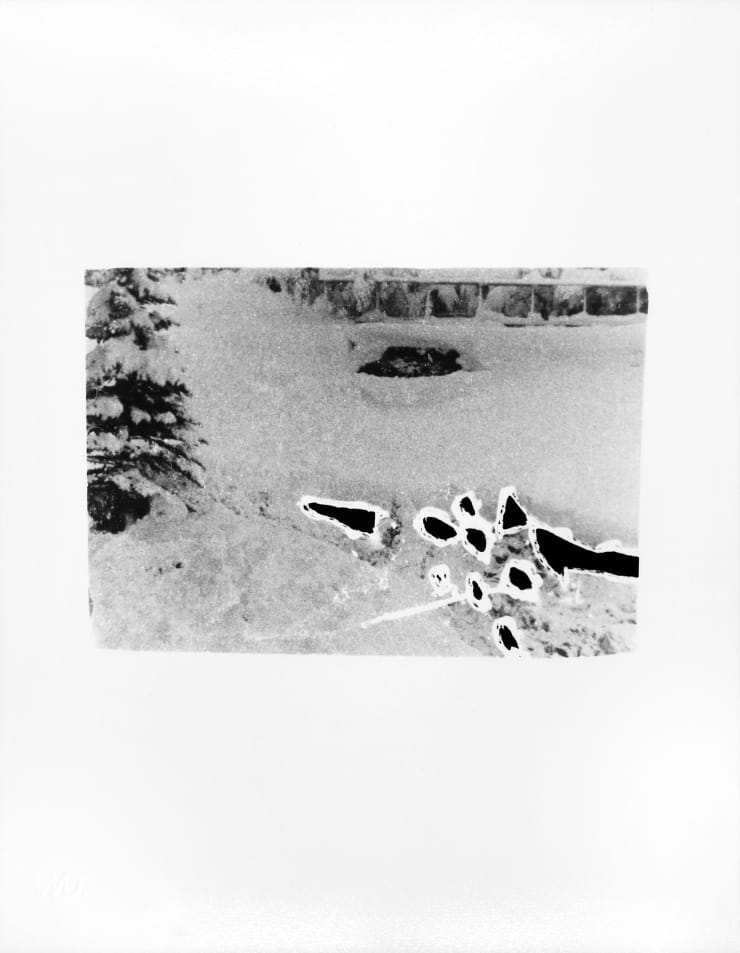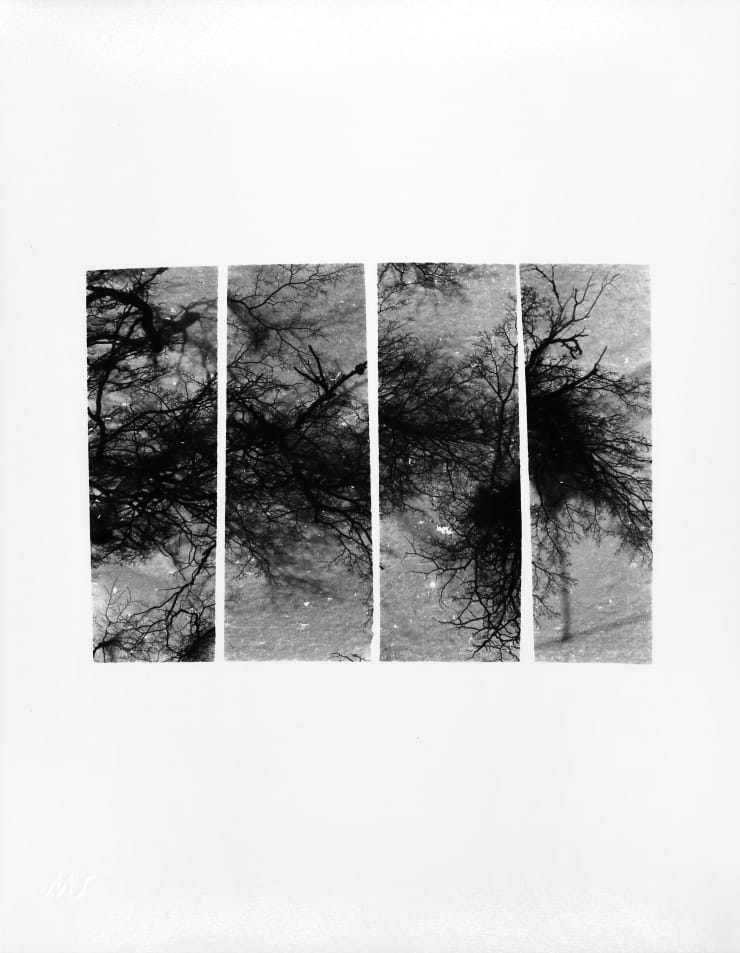Geraldo de Barros | Jogo da memória
Memory, as we know, is selective. Made of the layers of a life, it records that life – its organization. It’s a defense for the unconscious. Empty, full, empty, full – such is memory. In memory, emptiness is never nothing; something always remains. (From the opening of the documentary Sobras em Obras by Michel Favre, 1999.)
Luciana Brito Galeria is presenting Jogo da Memória [Memory Game], a new exhibition by Geraldo de Barros (1923–1998), organized by the Arquivo Geraldo de Barros (Fabiana de Barros and Michel Favre). This is the first exhibition ever to feature the complete collection of the Sobras series (1996–1998 / 2024) – the Brazilian artist’s final body of work, regarded as a milestone of experimentation in his career. The full set comprises 281 pieces, arranged in the exhibition space to enable a deeper understanding of the complexity of Geraldo de Barros's photographic practice.
Geraldo de Barros is a key figure in the development of Brazilian contemporary art. He was responsible for the breakthrough that redefined photography as a medium of artistic expression through the Fotoformas series (1948–1953), in which he introduced abstract and geometric interventions into photographic images. This experimental approach positioned him as a pioneer of photography as an autonomous visual language, opening paths that shaped today's art scene and, decades later, laid the foundation for Sobras, his most poetically charged body of work.
The Sobras series was Geraldo de Barros's last before his passing in 1998 at the age of seventy-five. It bears the artist's urgent, gestural imprint at a time when he was already facing severe motor limitations caused by a series of strokes. Above all, it is an investigation that reflects the height of his sensitive, creative, and poetic maturity – a kind of artistic testament that revisits his memories while bringing together key aspects of his work: constructive rationality and subjectivity, documentary photography and visual invention, all expressed through experimental practice.
This multifaceted dimension of the series is highlighted in Jogo da Memória, a new exhibition conceived as a timeline conveying thematic, formal, and aesthetic connections. The exhibition traces the creative path behind the Sobras series, immersing visitors in the richness and vitality of Geraldo de Barros’s work while revealing the continuity of his visual thinking.
Geraldo de Barros produced Sobras between 1996 and 1998, using negatives from different periods of his life – including family travel records, images from the 1940s, and others found in drawers and envelopes kept over the years. Aided, at different times, by an assistant and by his daughter, the artist Fabiana de Barros, he cut and recombined these negatives into 249 visual compositions mounted on glass plates. In this process, the artist gave form to an idea he had articulated years before: “If someone finds an old scratched and dusty negative and produces a good photograph from it, that photograph belongs to them, not to whoever exposed the negative.”
Nearly three decades later, this concept gains a new dimension in the exhibition Jogo da Memória, which presents the complete Sobras series for the first time. The project was made possible through a project structured around a joint initiative between the artist's family and the Instituto Moreira Salles (IMS), which holds the original visual compositions of the Sobras series. Through its Photography Department and its Laboratory specializing in analog photographic prints, coordinated by Ailton Silva, it carried out meticulous work recovering and producing the prints, fully respecting the instructions left by the artist. The result of this intense reinterpretation of the photographic process is this set of enlargements, now on view, created in the format originally intended by Geraldo de Barros, preserving a wide white border as part of the work. One of the series now produced is part of the IMS collection.
In the gallery’s pavilion, under the direction of the Arquivo Geraldo de Barros – organized by Fabiana de Barros and Swiss filmmaker Michel Favre – the Jogo da Memória installation invites visitors on a journey through the artist’s practice, revealing new relationships among the Sobras, the empty spaces of the cutouts, and the multiple layers of time and memory that run through his work. The game it proposes is also an invitation to imagination – a reconstructive exercise in which the viewer’s gaze becomes an active part of the creative process, extending the life of the images and, with them, the memory of the artist himself.










